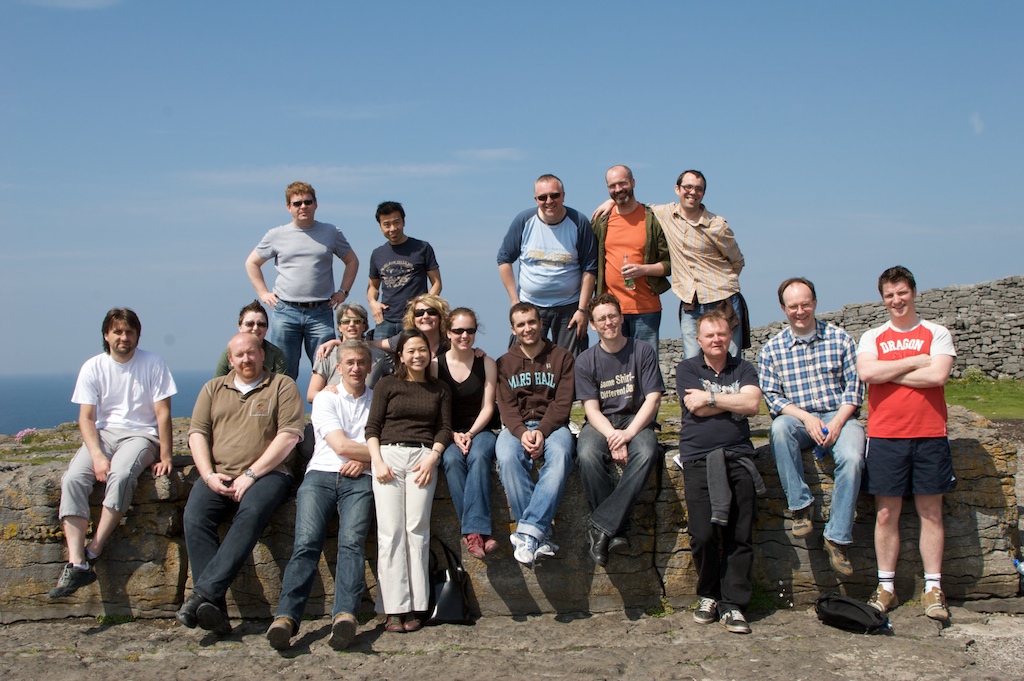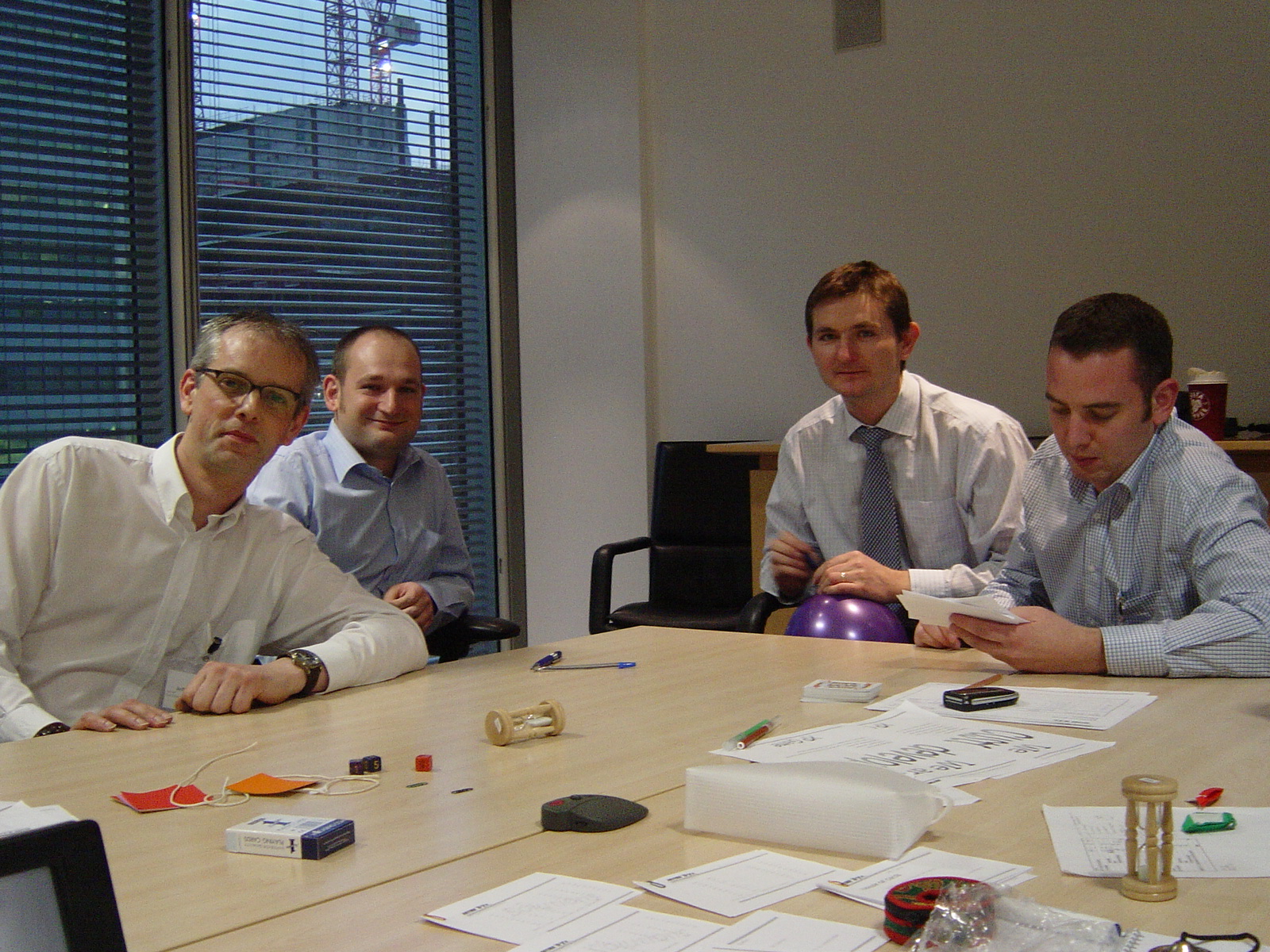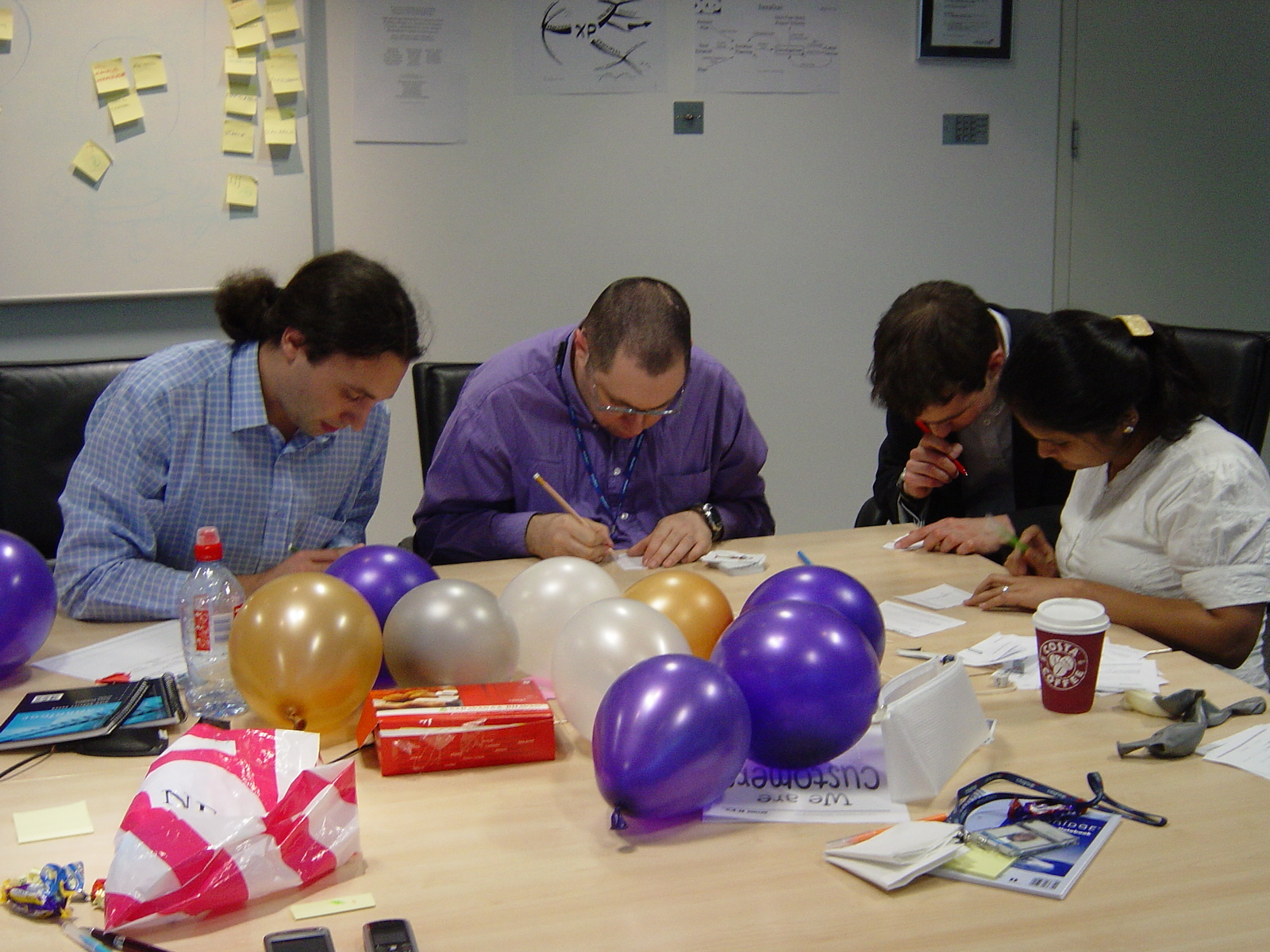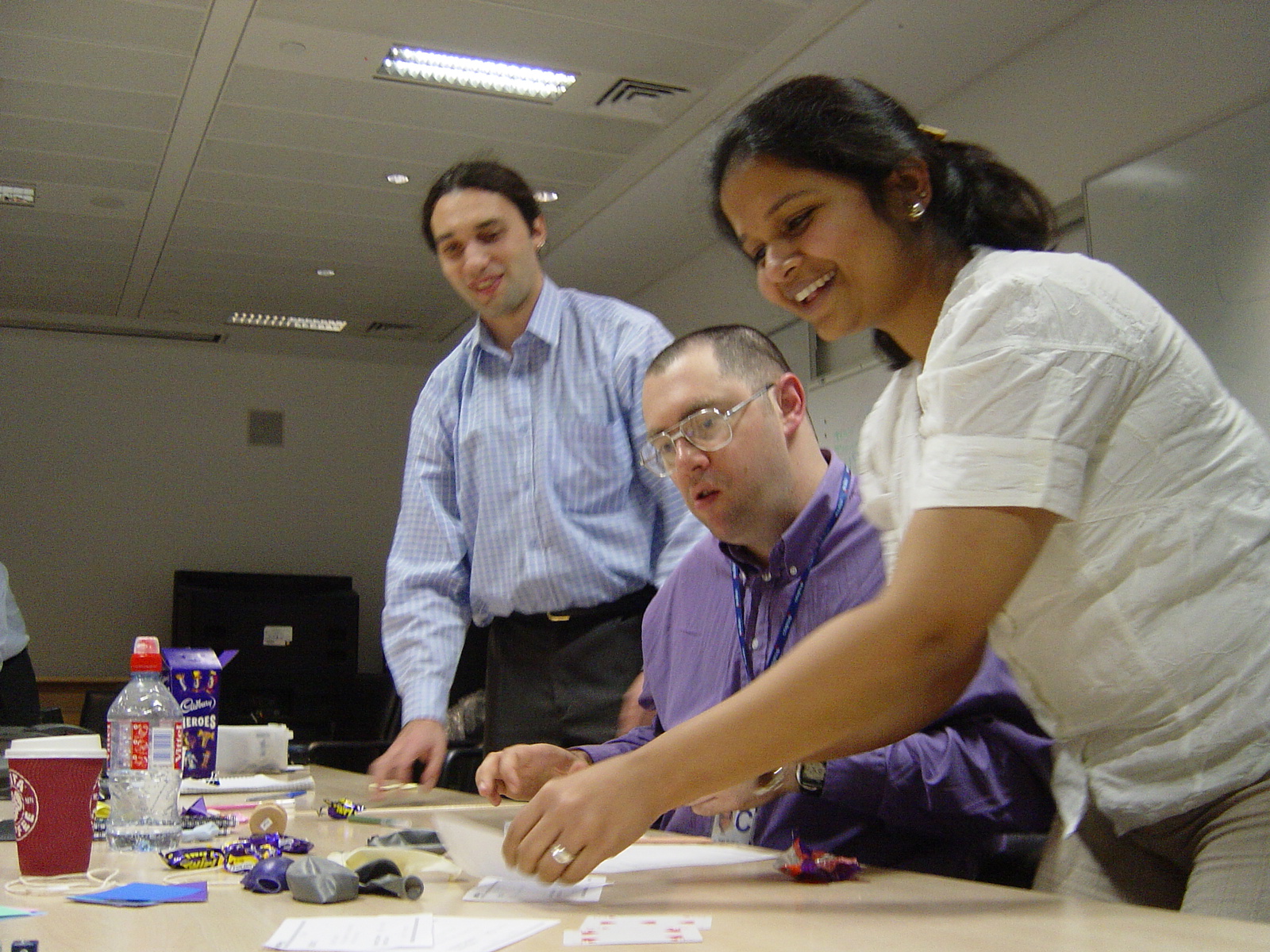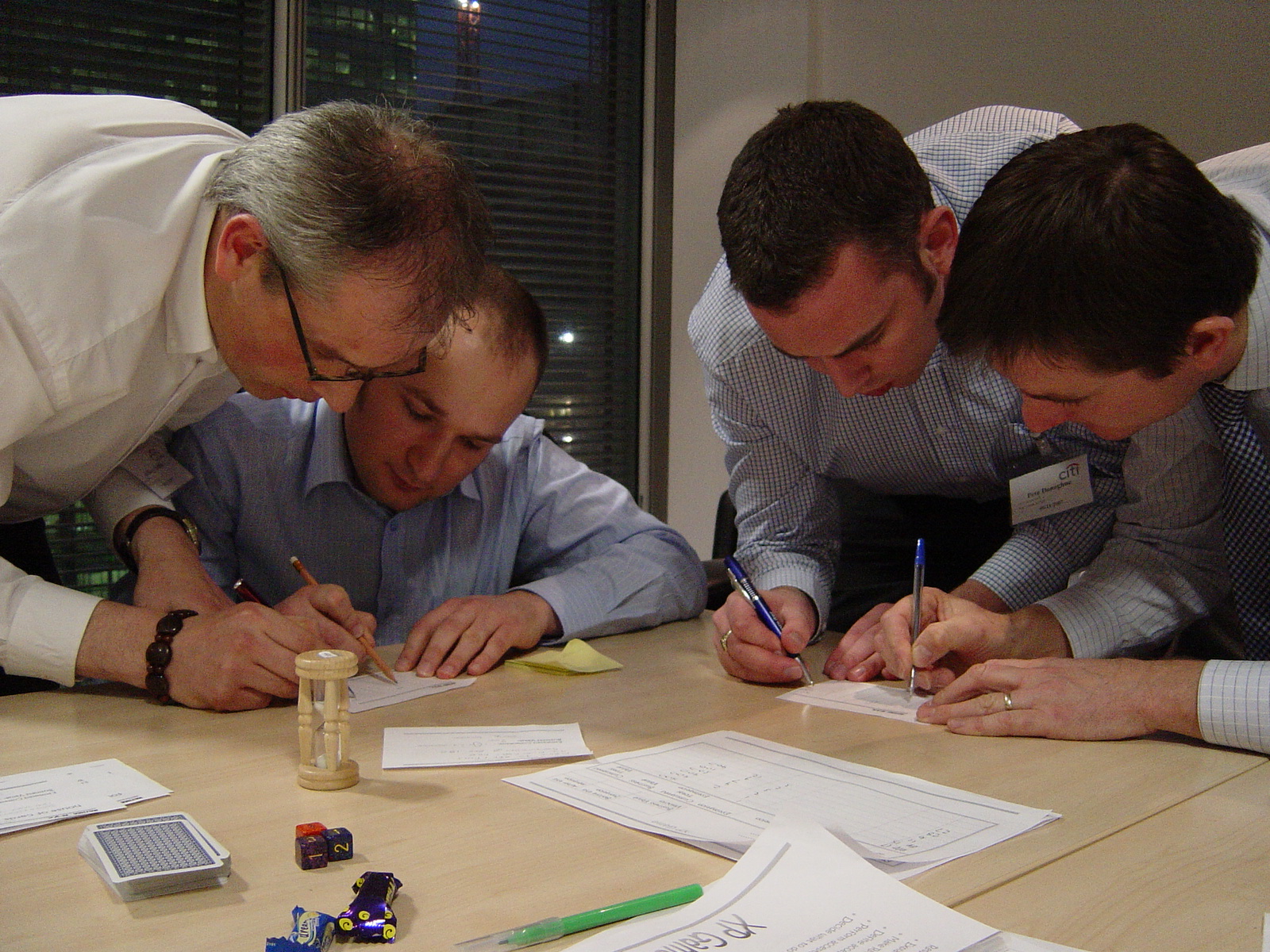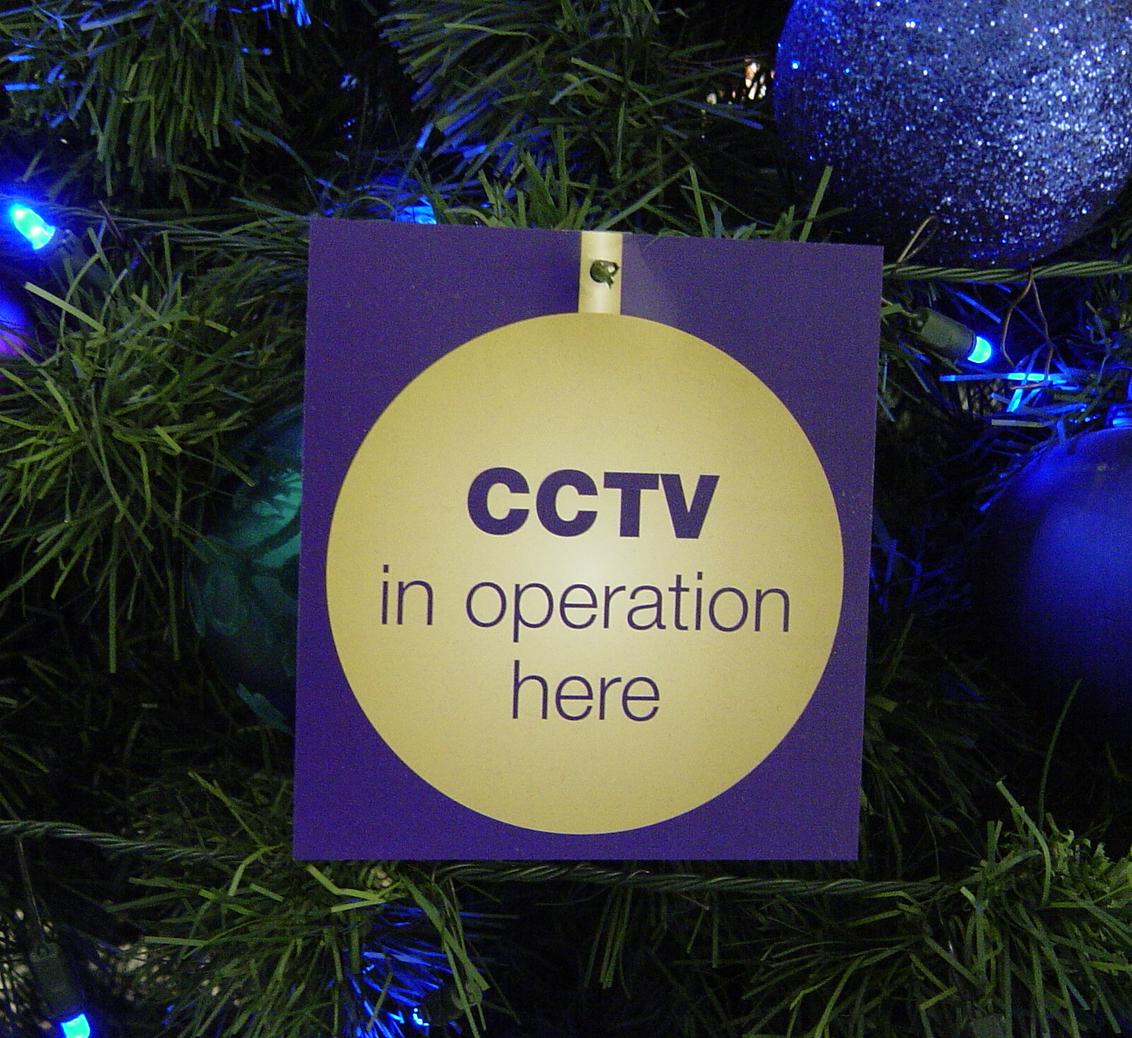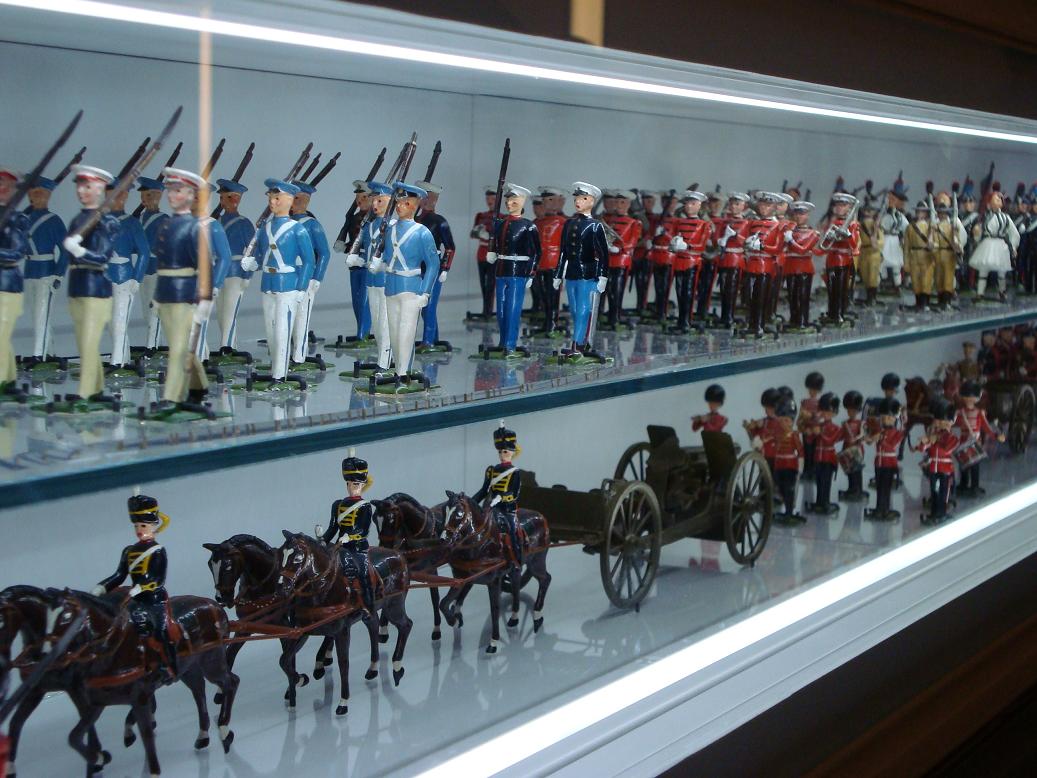It began with MBWA…
I first came across the acronym MBWA (Managing By Wandering Around a concept revived by Tom Peters) during the DOTCOM boom. I’d just started working as a Java developer. Managing By Walking Around is about wandering the ‘shop’ floor and observing how your workers do their job. It’s about getting and staying in touch with the people doing ‘work-that-matters‘* (also from Tom Peters). It’s about learning about impediments so that, as a manager, you can help remove them. It all makes sense.
As far as I can tell, it’s equivalent to Toyota’s Genchi Genbutsu (Go and see for yourself). Unfortunately, the particular implementation of MBWA I was exposed to seemed more like a constitutional, post-lunch walkabout by a manager who didn’t care much about talking to all the people, let alone hear about our progress or concerns.
I suppose that experience made me begin to doubt management. That and the fact that pay increases seemed to be negotiated down the pub instead of being based on performance during work hours.
Call me old-fashioned – it’s simply not right.
Then one day, the time came for me to transition from developer to management. I’d read a lot about Agile and recognised the importance of delivering business value. Like all managers, I was faced with two thorny problems: 1) business value was difficult to quantify, so the movers and shakers sent out an edict of: ‘Do as I say’ using MosCoW rules; 2) developers weren’t enamoured with poorly defined requirements – it’s hard to derive satisfaction from delivering a never-ending ‘something’.
Still, I beat the ‘Deliver-Maximum-Business-Value’ drum, because that’s what leaders do, right?
Business Value = Job + Salary -> Survival + Nice Holidays. For the department. For the developers. And for me.
The Next Killer App: MBPPF!
Delivering business value alone is not enough. Not for me. Doing work-that-matters on its own isn’t enough either. Success means making the most of your options. Maximise your people’s potential and watch your options grow.**

What motivates me most is what I call MBPPF*** (Managing By Putting People First). The MBPPF model is simple, but not easy. It looks familiar because all of its constituent parts are taken from existing models. Good ideas are, more often than not, composites of existing ideas refreshed. If you have to have wheels, round ones work best in my experience.
What does Putting People First mean?
- Start with a main goal – To deliver value to your customers: Identify what people want (preferably things that would enhance their lives in some way). Something for which there is a demand is easier to sell. This means you can focus 100% on differentiation and quality.
- Do enough upfront business analysis: Brainstorm how best to fulfil this want (taking into consideration the product’s context such as time and place). Know why people need it, when they need it by, how long they need it for and what else they can use it for.
- Build a team that cares: Put together a bunch of competent people who want to fulfil this want, as a team of creative, thinking individuals. Show you care by consulting, involving, informing and empowering your team.
- Everyone does work-that-matters: This is a great motivation for many people. It leads to the elimination of waste and can be leveraged to put best practices in place. When you do something that matters, most people naturally want to get better at it. Now that’s a real bonus.
Sample practices of MBPPF!
- Put people-interest ahead of everything else (and watch the decision-making machine produce the optimal solution).
- Spend time with people because they matter most.
- Hire people better than yourself.
- Know when you need help then ask for it. I’m constantly amazed by what I get back in return.
The rest is based on what works best when you apply the principle of Putting People First. Try it. You might like it.
Useful Footnotes
*Work-that-matters: Have you noticed how many organisations are encouraging their staff to get involved with planting trees and painting classrooms these days.
**I like to maximise mine with Real Options.
***MBPPF: The Disclaimer: Just as any successful diet/fitness regime requires willpower, MBPPF requires people willing to get involved, people who will muck in as pigs instead of play chicken.


